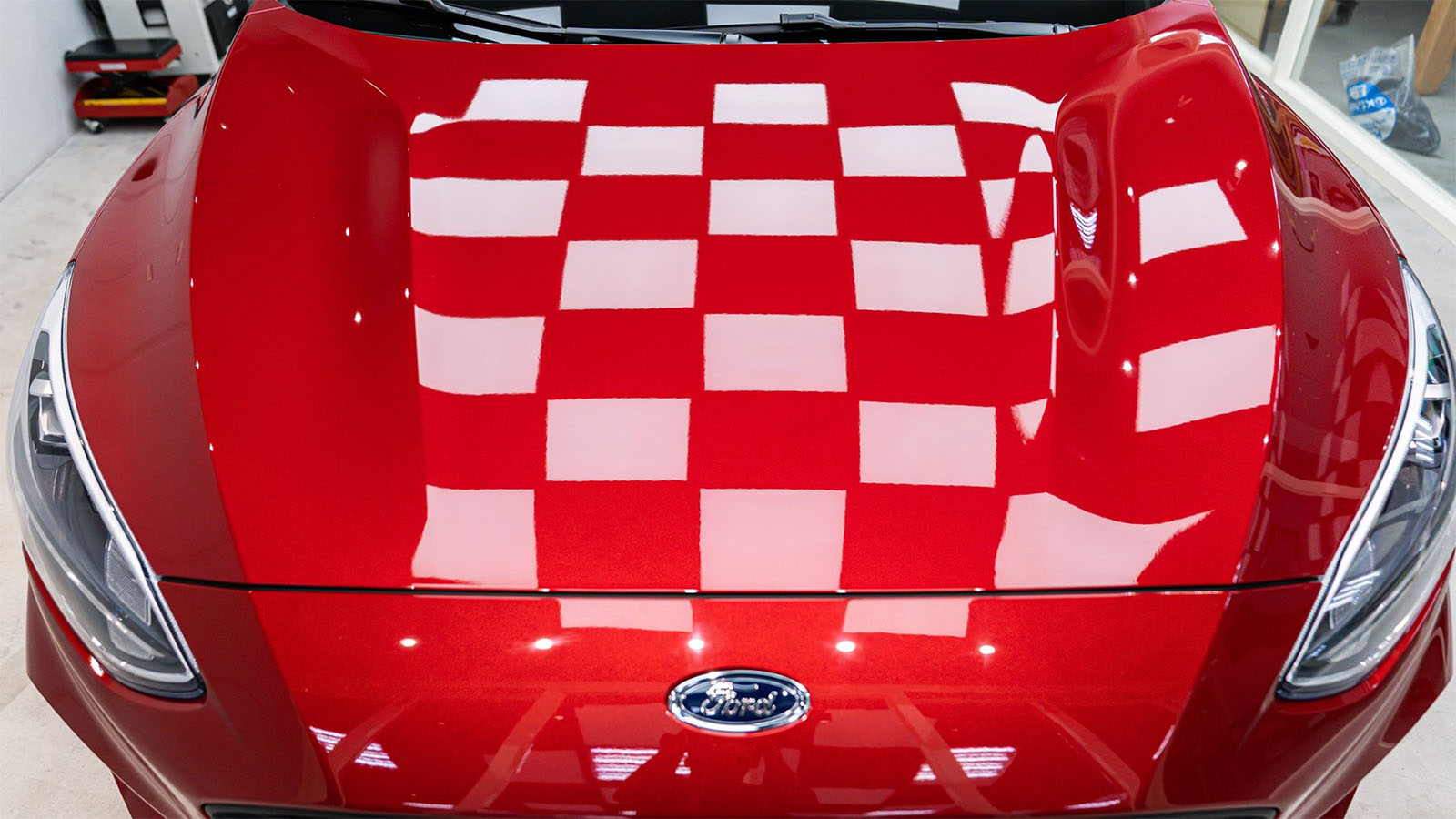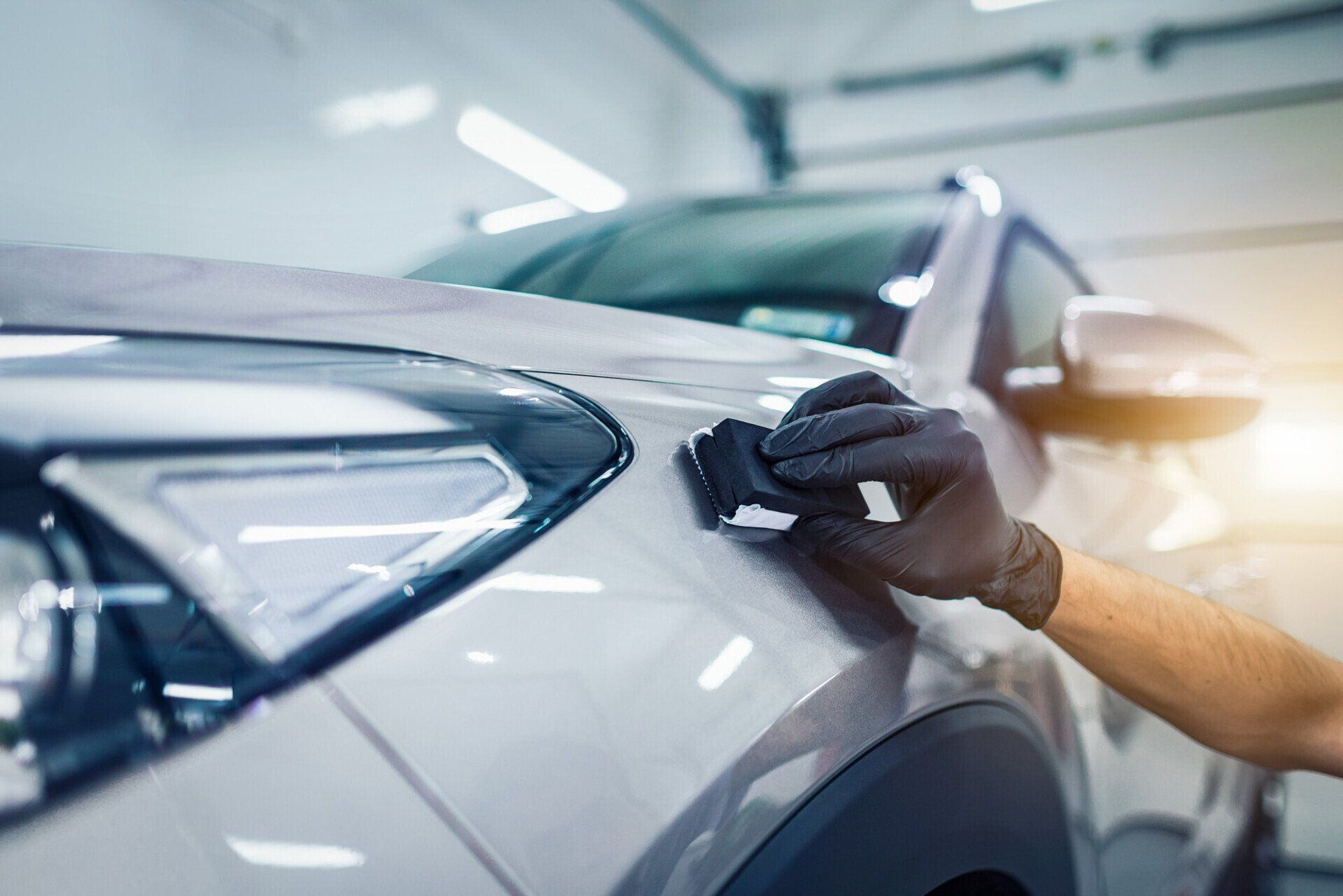Revealing the Scientific Research Behind Ceramic Coatings: Exactly How Does It Work and Why Is It Superior to Traditional Choices?
Ceramic coatings have actually been acquiring appeal in various industries for their remarkable efficiency and resilience. Understanding exactly how ceramic layers work and why they outperform conventional choices is critical for those seeking to enhance the durability and resilience of their products.
The Chemistry of Ceramic Coatings
In understanding ceramic coatings, diving into the intricate chemistry behind their structure is vital for realizing their functionality and longevity. Ceramic coverings are mostly made up of silicon dioxide (SiO2), which creates a safety and strong layer when applied to various surface areas. This chemical framework supplies extraordinary resistance to warmth, chemicals, and rust, making ceramic coatings highly looked for after for a variety of applications.
The chemistry behind ceramic coverings involves the formation of covalent bonds in between silicon and oxygen atoms, creating an inflexible network that enhances the finishing's strength and durability. Additionally, the existence of various other aspects such as aluminum, zirconium, and titanium more enhances the finish's homes, supplying boosted firmness and bond to surfaces.
Understanding the chemical make-up of ceramic layers permits the personalization of solutions to suit details demands, whether it be for auto, industrial, or residential objectives. By harnessing the power of chemistry, ceramic finishings remain to pave the means for exceptional protection and efficiency in different industries.
Benefits of Ceramic Coatings

As a result, ceramic layers make cleaning and maintaining surfaces much simpler and less lengthy. On the whole, the multitude of benefits used by ceramic layers make them a remarkable alternative compared to traditional covering techniques.
Just How Ceramic Coatings Bond
Ceramic layers bond to surfaces with a process that includes molecular attachment and chemical interactions. When a ceramic layer is put on a surface area, it creates a strong bond by chemically adhering to the surface area at a molecular level. This bond is developed through the formation of covalent bonds, which are very strong and long lasting. The ceramic finishing's molecules permeate the pores of the surface, developing a limited grasp that resists splitting up.
Furthermore, the chemical interactions between the ceramic coating and the surface further boost the bond. ceramic coatings san jose. These communications enable the ceramic covering to create a constant and seamless layer on the surface area, giving superb security and toughness. Unlike conventional coverings that might rest on the surface without totally bonding, ceramic finishings create an irreversible bond that is resistant to chemicals, UV rays, and harsh ecological conditions

In significance, the bonding mechanism of ceramic coatings ensures a effective and long-lasting safety layer that surpasses typical layer choices. This superior bond adds to the longevity, scratch resistance, and long life of ceramic coverings, making them a preferred choice for various applications.
Durability of Ceramic Coatings
The exceptional longevity of ceramic layers stems from their durable molecular attachment and chemical communications with surfaces, making sure a long lasting protective layer that surpasses typical finishing choices. Once applied, ceramic coatings develop a solid bond with the substratum, creating a durable barrier against numerous ecological stressors such as UV radiation, chemicals, and abrasions. This bond is so safe that it can hold up against the rigors of everyday usage without wearing find out here now away or degrading swiftly.
Unlike traditional finishings that might break down over time, ceramic layers maintain their integrity for an extended duration, offering lasting protection for the underlying surface area. Generally, the outstanding toughness of ceramic finishes makes them an exceptional choice for shielding a large range of surface areas in different applications.
Ceramic Coatings Vs. Conventional Alternatives
In contrast to standard layer methods, ceramic finishings use a distinct mix of durability and protective capabilities that set them apart in different surface security applications. Standard alternatives such as wax or sealers give a temporary layer of defense that can wear away swiftly, calling for constant reapplication. On the various other hand, ceramic coverings form a solid bond with the surface area, creating he has a good point a semi-permanent or long-term obstacle that is extremely immune to abrasion, chemicals, UV rays, and severe temperature levels.
In addition, ceramic coatings provide exceptional hydrophobic homes contrasted to typical layers. The hydrophobic nature of ceramic finishes creates water to grain up and roll off the surface area, lugging dust and pollutants with it. This self-cleaning result helps to keep the surface area's cleanliness and gloss for extended durations, decreasing the requirement for regular maintenance.
Additionally, ceramic coverings have a thicker layer compared to standard options, offering improved scratch resistance and defense versus minor impacts. This sturdiness guarantees lasting performance and assists preserve the visual charm of the dealt with surface for a prolonged duration.
Conclusion
To conclude, the science behind ceramic layers depends on their chemical composition and bonding residential or commercial properties, making them above traditional alternatives. The benefits of ceramic finishings consist of boosted resilience and protection for surface areas. By comprehending just how ceramic finishings work and their benefits over typical alternatives, one can make educated choices when thinking about layer options for different applications.
Unlike typical finishes that may rest on the surface area without completely bonding, ceramic finishes create a permanent bond that is immune to chemicals, UV rays, and harsh environmental conditions.
The outstanding durability of ceramic layers stems from their robust molecular bond and chemical communications with surface areas, ensuring a durable safety layer that exceeds conventional finishing choices.Unlike traditional coverings that may break down over time, ceramic finishings preserve their stability for a prolonged period, providing lasting protection for the underlying surface area.In comparison to conventional finish approaches, ceramic finishes use an unique mix of sturdiness and safety capacities that establish weblink them apart in numerous surface area protection applications. By comprehending exactly how ceramic coatings work and their benefits over traditional alternatives, one can make educated choices when taking into consideration covering alternatives for various applications.